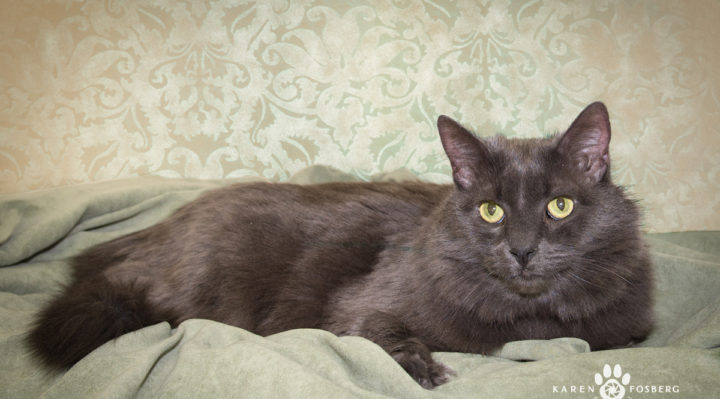
 Myth: The major reason dogs end up in shelters is because they were seized in criminal cases, or were too aggressive to own safely.
Myth: The major reason dogs end up in shelters is because they were seized in criminal cases, or were too aggressive to own safely.
Actually: More than half of all dogs and cats in shelters were received as strays, but that doesn’t mean they’re automatically aggressive, come from abusive environments, or have medical challenges. What’s much more important than an animal’s history is its current behavior and medical status. This information is typically well-known and shared by shelter staff who’ve been caring for the animal.
Myth: Shelter animals are not as clean as pet store animals.
Actually: Not only is this untrue, but the conditions of many breeding facilities or puppy mills (which supply pet stores that sell dogs) are nothing short of horrific. Puppy mill operators may fail to remove sick dogs from their breeding pools. As a result, puppies from puppy mills sometimes come with congenital and hereditary conditions including epilepsy, heart disease, kidney disease, and respiratory disorders.
Myth: Older cats and dogs will not bond with new owners.
Actually: Again, simply untrue. Age is not a determining factor in an animal’s affection toward humans or its ability to bond with them. Just ask anyone who’s adopted an older pet, visit a shelter and ask to see their older animals, or simply look into the face of an older dog or cat.
Myth: Getting animals from breeders is safer because the breeders know the animal’s bloodline and family history.
Actually: First know that, as a result of their breeding, purebred dogs very often have genetic disorders and medical issue predispositions, certainly no less often than shelter dogs. Also, while bloodlines and histories are useful tools to assess an animal’s value, they are limited in terms of predicting behavior. On the other hand, shelters are motivated to save lives and make strong matches. Some use science and sophisticated tools to appropriately pair up animals and owners, and are happy to share everything they know about each animal.
Myth: Black cats shouldn’t be adopted out in October.
Actually: Quite a few shelters hide their black cats in the back a week before Halloween to protect them. Studies have shown that there is no reason to believe that these cats are at risk. While it is true that animals too often become the victims of holiday pranks and cruelty, there is no reason to believe that witches are involved, or that shelters are a source. Requiring identification of the potential adopter, the cost of the adoption, and normal adoption counseling procedures, should be able to screen out those applicants with bad intent.
SOURCE – SCRAPS release, 2016



